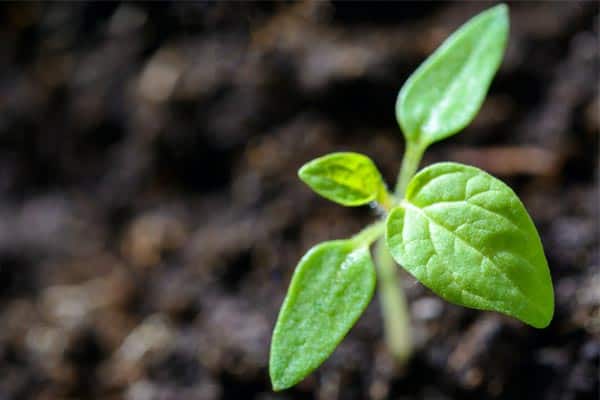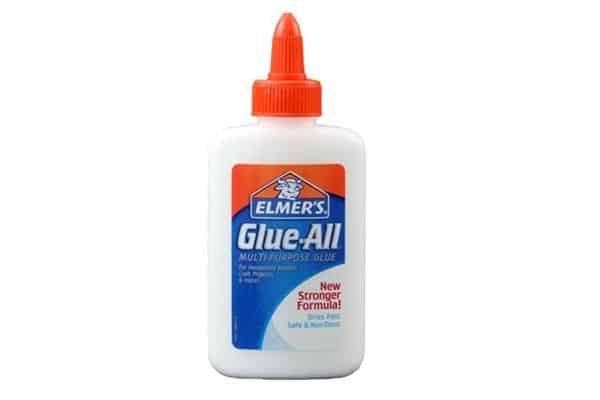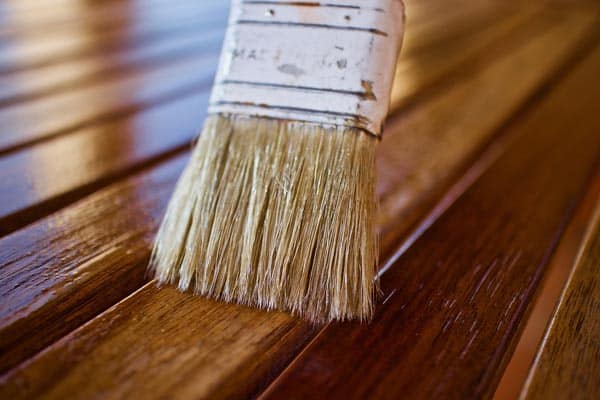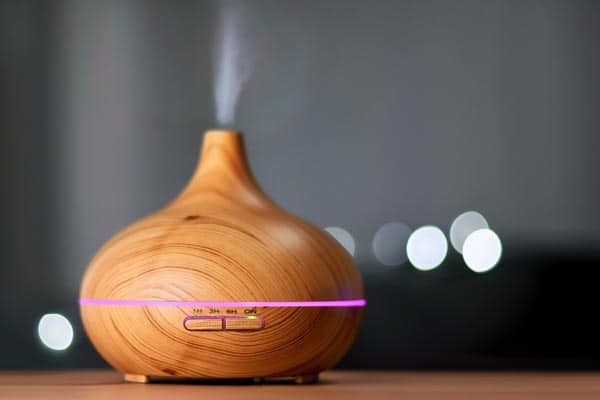Natural Fertilizer for Indoor Plants – A Quick Overview
Indoor plants require fertilizer to help them grow to their full mature sizes and look beautiful all year round.
Using a natural houseplant fertilizer is a great way to go because they’re effective, safe, and they provide a steady nutrient release into the soil.
They’re also eco-friendly, and they can improve your potting soil’s quality over time with repeated use.
You can use natural organic material to fertilize your houseplants regularly to give them a nutrient boost.
Household waste items like eggshells, coffee grounds, green tea, and banana peels work. You can also get commercial natural houseplant fertilizer and apply this if you’re not sure if the first options you applied are working correctly.
We’re going to explain exactly what a natural houseplant fertilizer is and explore a few ways that you can add it to your houseplants.
We’re going to use environmentally-friendly, safe nutrient sources ranging from commercial natural fertilizer picks to kitchen waste.
We’ll also touch on why it’s a good idea to pick natural over chemical-laced options and more below.
Defining Natural Houseplant Fertilizer
Natural fertilizer is made using minimally processed nutrients to help the nutrients stay in their natural forms.
In many cases, these nutrients are organic and now immediately available for the plant’s roots to use because the plants can only use the nutrients that have started to decompose and converted to a mineral form by microorganisms.
When you apply these natural fertilizers, they slowly break down and release nutrients to the plants in a slower manner than any chemical ones will. They feed the soil instead of directly feeding your plant, and this will take time.
People often use organic and natural to describe these types of fertilizer interchangeably, but some people insist that any organic fertilizer can only have organic materials in the makeup, while natural fertilizers can have both mineral and organic components.
There are natural fertilizers that you can use the same way you’d use a commercial chemical fertilizer that you can find in virtually any gardening supply store; the term also refers to soil conditions called amendments or improvements. You work them into the soil when you pot your plants.
The natural fertilizer list is long, and some of the best options you have available are cow manure, kelp, limestone, alfalfa meal, and chicken manure fertilizers, along with worm castings, compost, and teas.
Many natural fertilizers are also great for gardens and farms but impractical to use on indoor houseplants because they have a strong smell.
There are also many commercial natural houseplant fertilizers and DIY options that you can make by recycling certain food waste that can nourish your plants while saving you money. If you’re wondering what a few homemade options are, read on.
Five Homemade Natural Houseplant Fertilizers
To fertilize your houseplants naturally, it can be as simple as getting kitchen household scraps to add to the soil. You can buy excellent fertilizers; they tend to be slightly more expensive.
Household waste can be free, and you can easily put it to good use by recycling it into your plant containers. The following are five great examples of natural fertilizers you can use.
Eggshells
Eggshells provide an essential micronutrient to your plant called calcium, and it works to help lower the soil’s acidity levels when you substitute it for limestone.
If you have crushed, clean eggshells, you can pulverize them into very fine particles before mixing them into your potting soil when you pot your plants.
Another option is to make a fertilizer tea by steeping them in boiled water overnight and pouring the water into your plants.
Banana Peels
Banana peels offer small amounts of phosphorus, nitrogen, and magnesium with a high amount of potassium, and this makes it a great slow-release fertilizer option to use on your houseplants.
You can lay strips of the banana peel directly on your soil, puree them with water and pour it into the soil, or cut them into very small pieces and mix them into your soil.
The banana peel will start to slowly break down, and it’ll release vital nutrients as it does for your plants to use.
Coffee Grounds
When you use your coffee grounds, you can mix them into the potting soil, make a liquid coffee fertilizer by soaking them for a week or use them in compost.
They have a very high nitrogen content with lower phosphorus and potassium, so they should only go into the soil of any plants that like higher acid content.
Water from the Aquarium
If you’re someone who has a freshwater aquarium in the house, you have a supply of natural fertilizer ready to use.
The wastewater has a large number of nutrients due to fish waste and decomposing fish food, and you can apply it directly to your houseplant’s soil when you switch out the water for fresh. This will mimic the natural nitrogen cycle.
Out in the wild, any plants around ponds or water will take the waste from the water with the nitrogen and use it to help themselves grow while cleansing and filtering the water.
This is very widely used in aquaponics, where people put plants and fish in the same environment to help create a mutually beneficial area for both the plants and the fish.
Green Tea
Grounds from green tea are an excellent option to fertilize plants that like higher acid levels in the soil, like African Violets and Begonias.
Tannic acid inside the leaves will lower the pH levels in the soil, and it offers a high nutrient concentration to encourage fast and healthy growth.
You can use twice brewed green tea directly on the houseplants once it cools down, or you have the option of keeping the tea leaves and grounds and composting them to use at a later date.
Commercial Natural Houseplant Fertilizer Options
There are several great houseplant fertilizer options that you can buy as a fast-acting liquid or as a slow-release dry formula.
Natural dry fertilizer options come in the form of loose granular fertilizers that you can easily sprinkle onto the potting soil or get compressed spikes that you push down into the soil.
They usually have a blood meal, bone meal, limestone, rock phosphate, and dehydrated work castings in the ingredient list.
In a natural liquid fertilizer, there are also a few common ingredients like fish emulsion, liquid kelp, compost tea, worm tea, and plant extracts.
Since natural matter is variable and complex, it doesn’t have the traditional N-P-K ratios on the bag or bottle of these types of products.
If you need a specific micronutrient, you should look for fertilizer options that have a decent amount of:
- Nitrogen – Alfalfa meal, cottonseed meal, or fish emulsion
- Phosphorous – Bone meal or rock phosphate
- Potassium- Kelp meal or granite meal
Natural Fertilizer Benefits for Houseplants
You’ll get several great advantages of using a natural fertilizer in your houseplants over a chemical one. The biggest benefits include but are not limited to:
- Affordable – Even though commercial-style natural fertilizers usually have a higher price tag than chemical ones, you can save money by making a simple homemade fertilizer with common household ingredients.
- Environmentally Sustainable – These types of fertilizers are a lot more environmentally friendly because they feature biodegradable and renewable ingredients.
- Gentle and Safe – Since these fertilizers don’t get overly concentrated while taking time to break down when you apply them, you lower the risk of burning your plants. There’s also no toxic salt buildup in the soil or leaching into your groundwater if you use it outside.
- Soil Building – Organic materials in your natural fertilizers can work to improve your soil’s structure, enhance its ability to retain nutrients and moisture, increase aeration, and promote a microbial ecosystem.
How to Correctly Fertilize Houseplants with a Commercial Product
You’ll follow the same guidelines when you use a natural fertilizer as you would a chemical one. They include:
- Fertilize lightly and with caution. Even though your natural product is much safer, you can still harm your plants if you overload them. Follow any instructions on the label carefully, and keep in mind that fertilizing your plants when they don’t need it is worse than skipping the fertilizer when the soil lacks nutrients.
- Only fertilize when your plants start to actively flower or grow in the spring and summer months before cutting back in the fall and winter.
- Do your research on the different plants you have and whether they prefer heavy or light feeding. Pick the correct type of fertilizer, and don’t be afraid to dilute it if you’re not sure. Generally speaking, if your plants are in lower lighting, they won’t need as much fertilizer as plants in bright light.
- You’ll apply dry fertilizers less frequently than you will liquid ones.
Why You Want to Fertilize Your Indoor Houseplants
Almost all plants will absorb the biggest amount of nutrients using their root systems and pulling it from the soil.
In an area where your plants thrive, the nutrients that they pull out constantly get replaced by organic matter decomposition and release chemical compounds.
When your plants are indoors in a container, these natural processes are missing. The plant pulls the nutrients from the potting soil without having anything to naturally replace them.
Some nutrients also leach out of the soil every time you water the plant, so unless you put those nutrients back, the soil will get depleted and stunt your plant’s growth.
Defining Chemical Fertilizers
Unlike natural fertilizers, chemical fertilizers have highly concentrated nutrients that get extracted and refined using chemical processes.
You could hear these fertilizers called manufactured, synthetic, or inorganic fertilizers. They also usually display nitrogen, phosphorus, and potassium in ratios, and these rations get listed on the package as N-P-K values.
Chemical-style fertilizers are popular to use on your houseplants because they’re easily available, provide immediate nutrients to the plants, and they’re relatively inexpensive.
They’re also precisely formulated, and this allows you to see exactly what you’re feeding your plants to ensure optimal growth.
Bottom Line
Natural fertilizers are a good option for your indoor plants as long as you don’t need to have exact nutrient values.
We’ve outlined a few different items you can use to create your own slow-release fertilizer, and you can use it to encourage strong and healthy growth in all of your plants.






